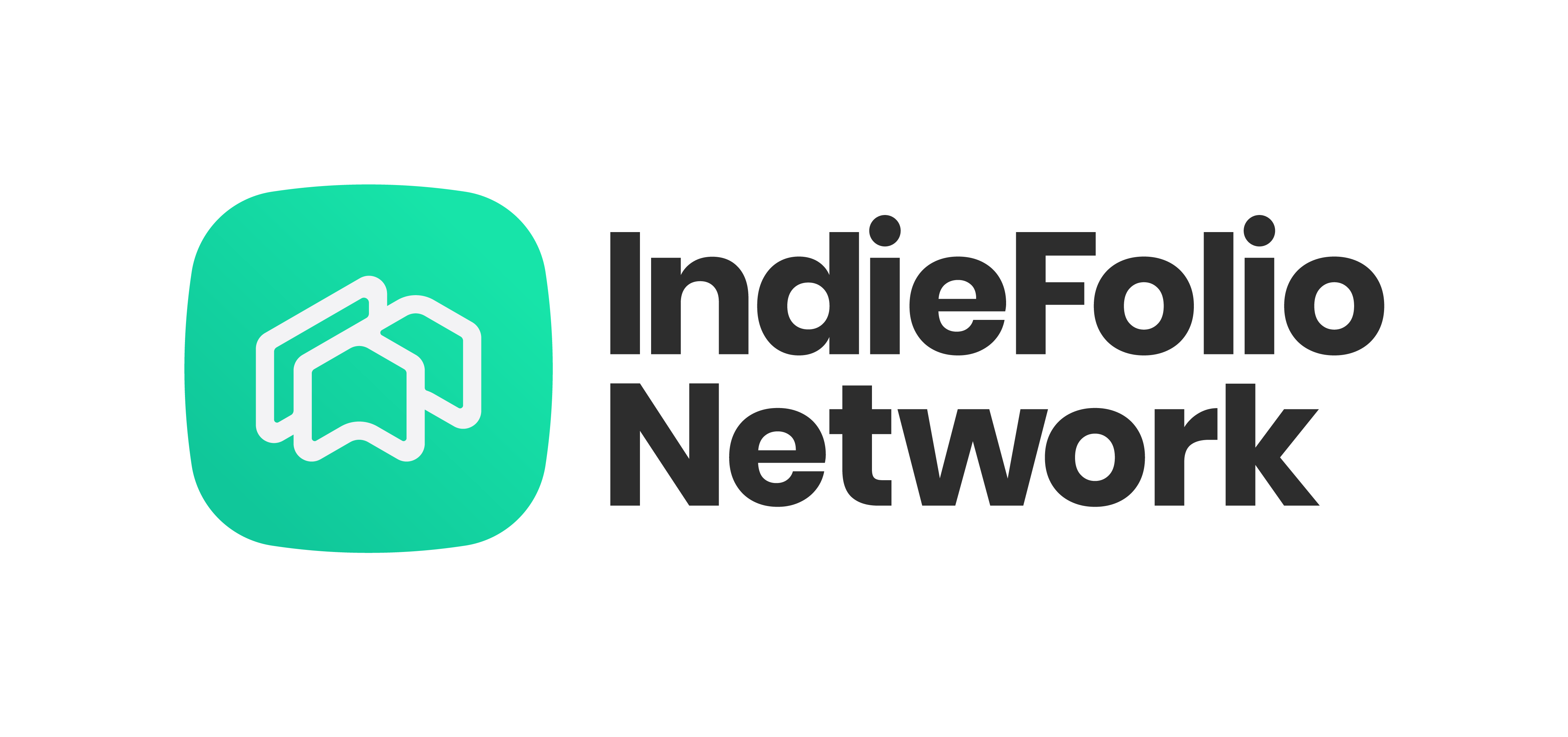Onboarding is your first date with the user. You need to make an amazing first impression! Simply put, onboarding is the process used to register, setup an account and get started.
Onboarding is extremely important for a business as it is here where you collect the core-data you need from the user to carry out your business functions. At IndieFolio, our core-data comprises who is the designer, their portfolio and what they are looking out for on IndieFolio.
If your conversion rates are low and you simply want to increase your ratio of visitors to customers; you need to have a good onboarding process. There are several different ways to onboard new customers depending on who your customer is, what kind of a business you have, what are your services etc. and it may take a little time to find the right approach for your business. It took us over a year to figure out what works best for us.
It all started from collecting feedback from our community members. We received a lot of negative feedback from our users regarding our onboarding process.
They were really unhappy.
We were asking too much information at the wrong time. Our team initially was of the opinion that it is better if we ask our users to input information all at once and then not bother them in the future. However, we were wrong. As we introduced our onboarding process we quickly started observing drop-offs and incomplete profiles.
This is what it looked like.
Screen 1. The splash screen was of no use. It provided no information to the user about what we were about to do and why.
Screen 2. The first thing a user had to do on IndieFolio was to answer 10 questions which were not categorized. This led to a lot of confusion.
Screen 3. After answering 10 questions a user was directed to a page with even more questions. We saw the maximum drop-offs here, as we realised designers were not very comfortable sharing their CTCs especially when they do not have any idea why we are asking this in the first place.
Screen 4. The UX of this screen was very poor. The users had to first input the field and software and then rate themselves within it as a step 3. It led to a lot of complications and this page saw a lot of drop-offs as well.
100+ designers were signing up per day but only 35% finished our onboarding. This meant we were not collecting enough data, this limited our discovery of users for companies looking to hire them. We were asking way too much and we coupled with bad user experience and design. We knew this issue had to be tackled urgently. Here is what we did.
We made a list of all the information needed from the user to help him find the right opportunities and divided it into sections. We also made sure that the text inputs were minimum by creating selections. Finally, we added some sweet scroll effects. Here is what we came up with :
UX FLOW

Screen 1. Personal details. We also added visual cues for error prevention.
Screen 2. User roles. We ask the user their purpose on IndieFolio and accordingly lead them to other pages.
Screen 3. Opportunities. We knew designers were coming to IndieFolio not just for networking but to get exposed to various job opportunities. So we decided to highlight this section.
Screen 4. Creative Fields. The UX of this screen was initially very confusing for the user. So we made this a step-by-step process where first the user inputs his creative field through an auto-select dropdown and on clicking the chosen creative field we display the window to set proficiency in the creative field.
Screen 5. Softwares. Similar to Creative Fields.
If you compare all the previous screens with these, you will see we have missed out asking quite a few questions we asked earlier. Asking them again would not help us resolve the issue of a complex onboarding process so how did we go about collecting extra information? Profile reputation.
We took inspiration from the biggest professional network, LinkedIn, and created information segments for the user. The more data he provides us, the higher is his reputation. Higher profile reputation makes a user more discoverable to a company. Thus users had an incentive to give us more data now!
So did it help?
Yes! After launching our new onboarding, our form completion increased by a staggering 70%! Also, the designers who dropped off earlier on were coming back to give all their details.
This blog can be addictive. We know you must be craving more so here’s more:
This article was written by Kavan Antani. If you want to contact him for feedback, write to kavan@indiefolio.com


















